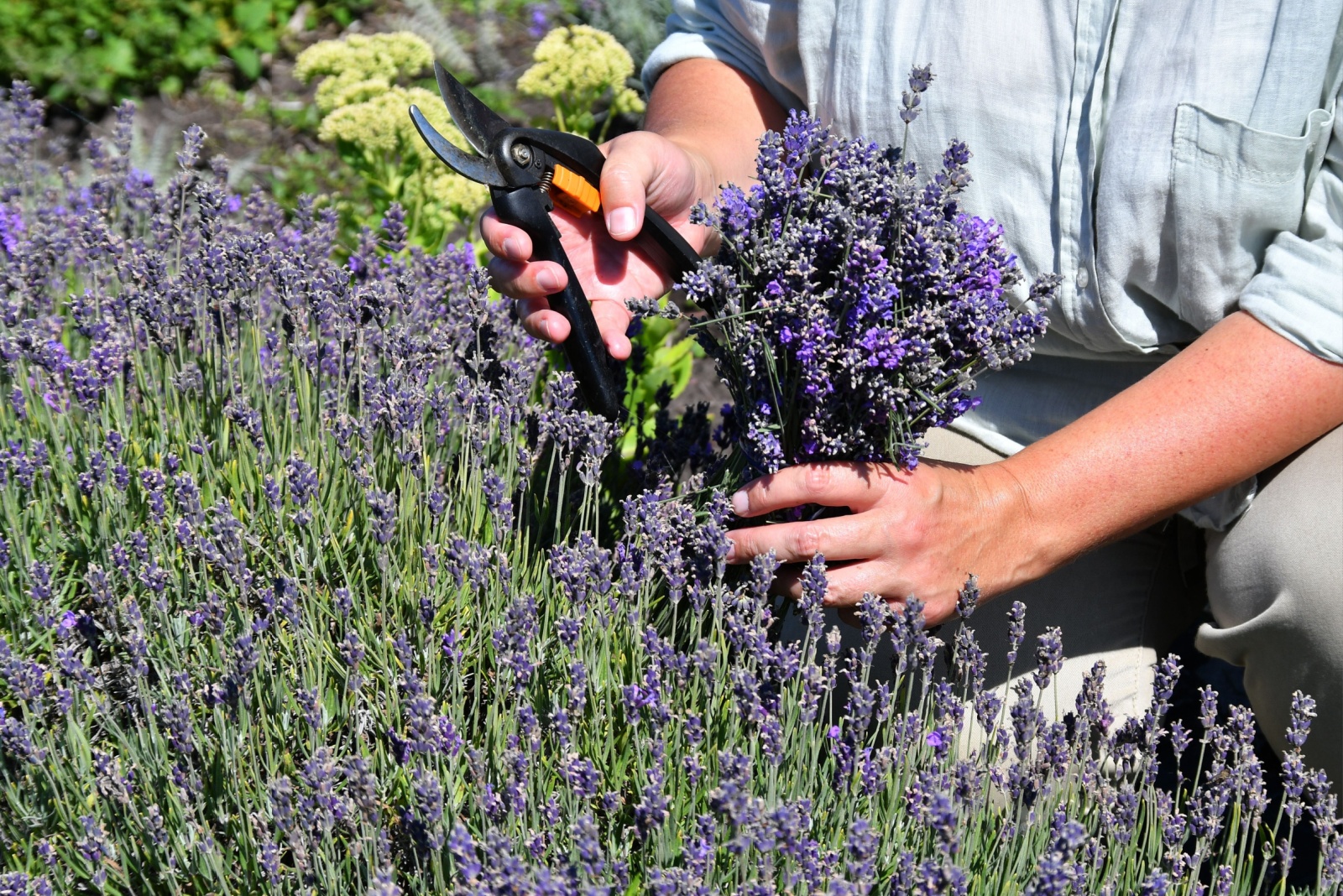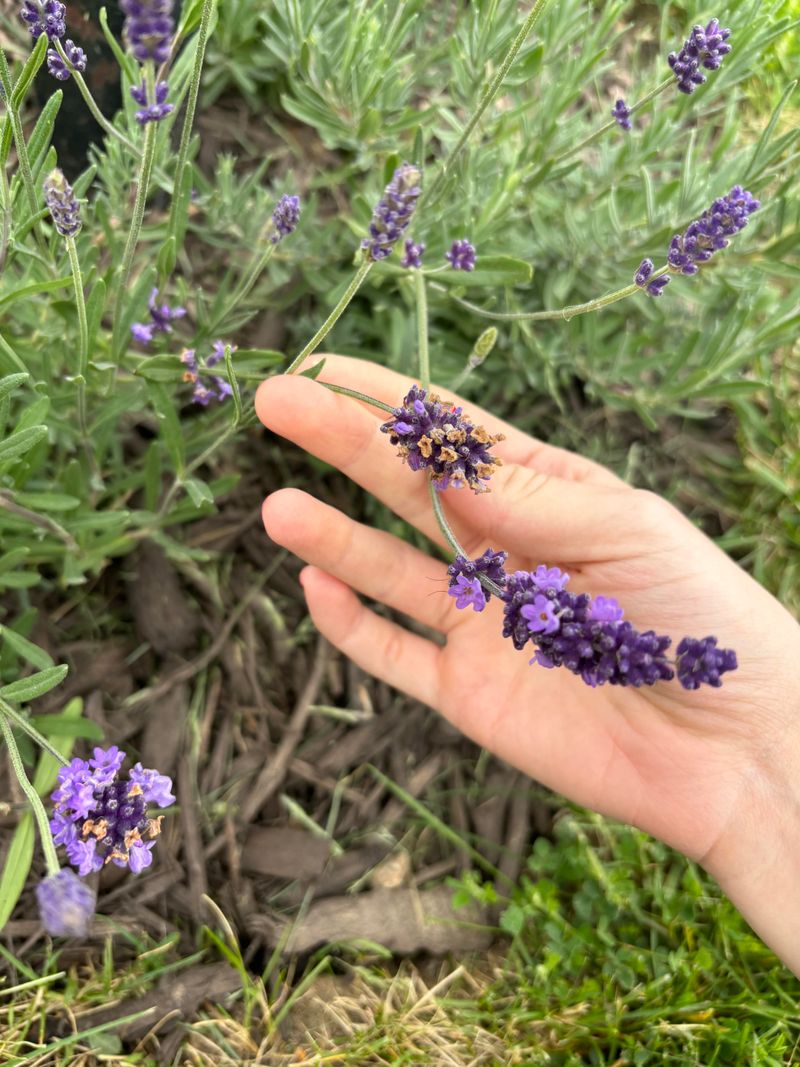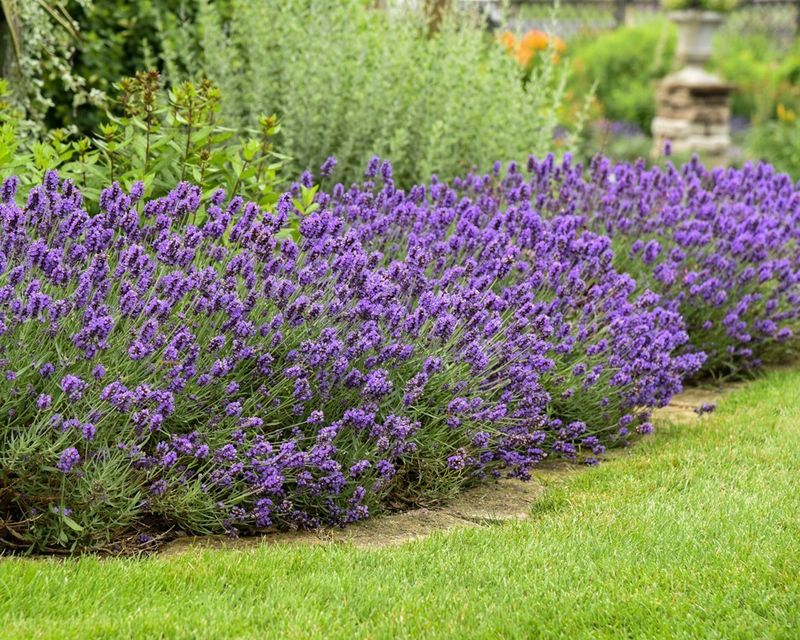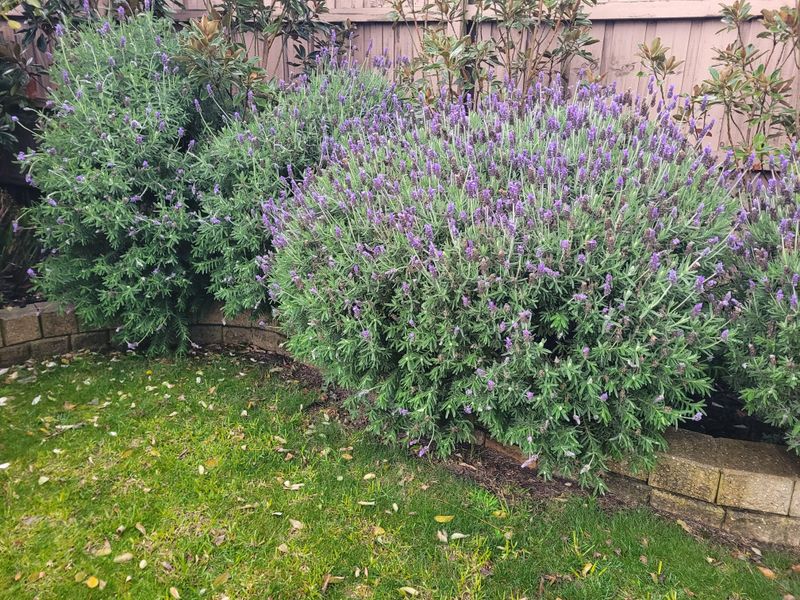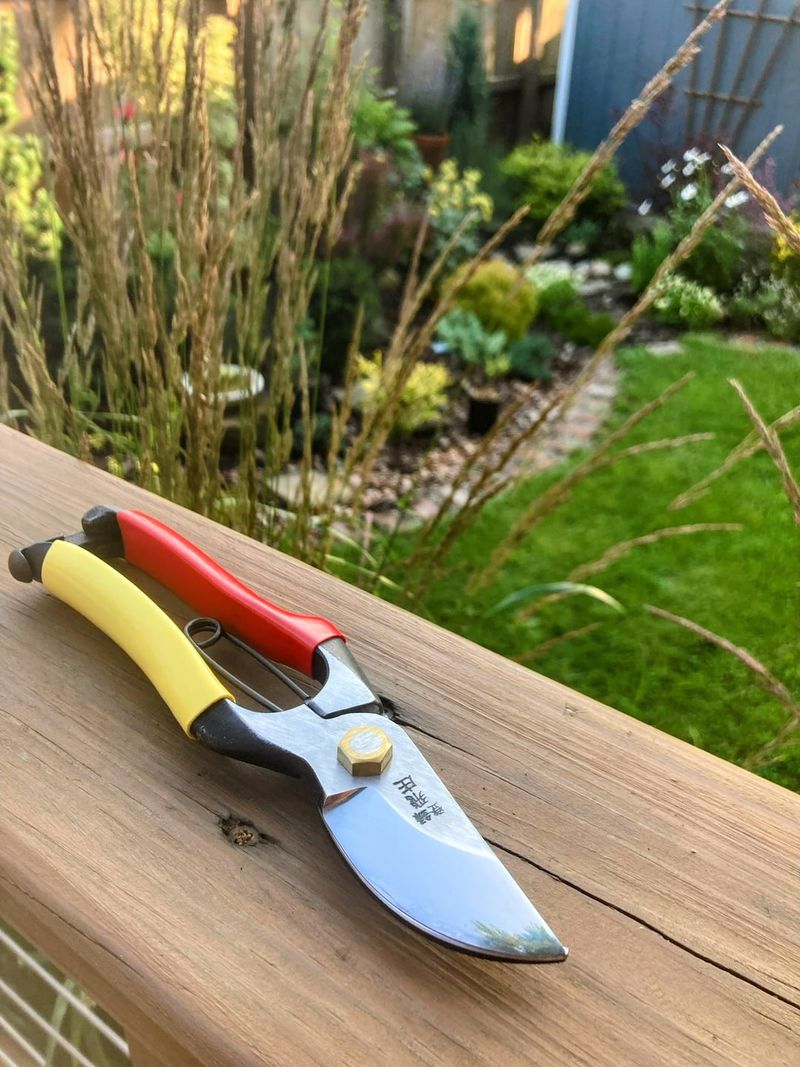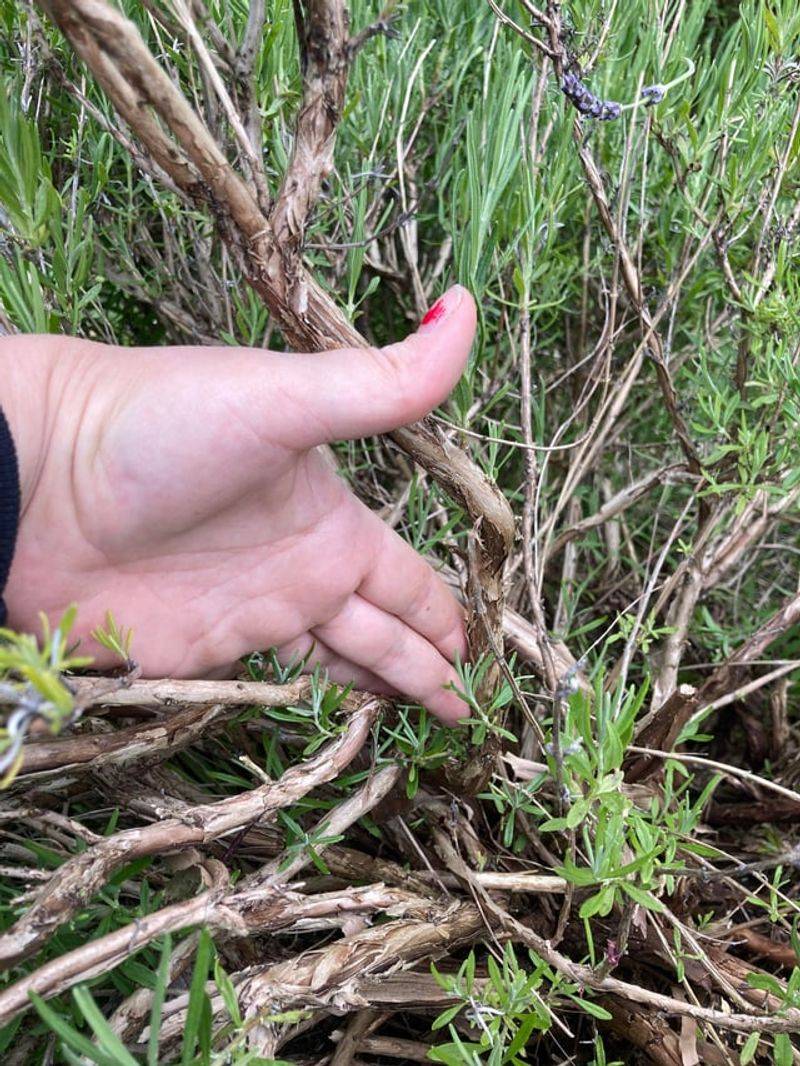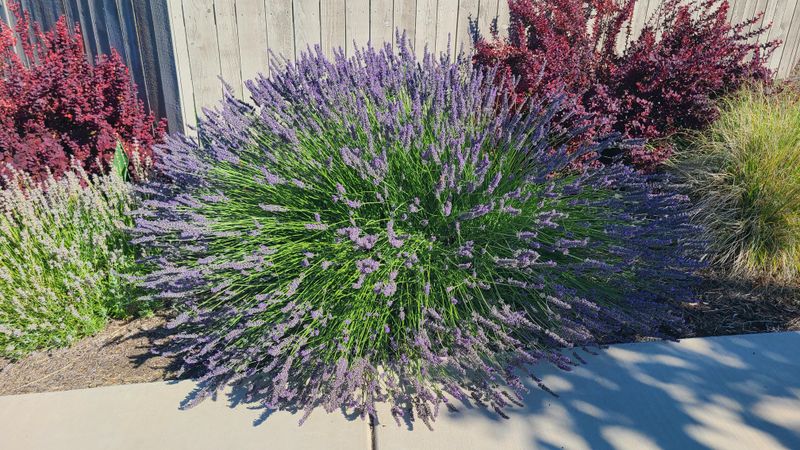I used to scratch my head over my scrawny lavender bush, convinced it had a mind of its own. Then I tried one simple method that turned everything on its ear – a simple pruning and shaping trick!
By the next season, that modest mound transformed into a full-blown showstopper that looked twice its former size. It felt like I finally cracked the code, and the results spoke louder than any garden tip ever could.
If you want lavender that grows like it has something to prove, the approach that worked for me might be just the ticket.
1. Prune Right After Flowering Ends
Timing really matters when it comes to keeping your lavender happy and healthy. Once those beautiful purple blooms start to fade, that’s your signal to grab your pruning shears.
Cutting back your lavender right after it flowers gives the plant plenty of time to grow new shoots before winter arrives. This fresh growth is what makes your bush look full and lush next season. Just remember not to wait too long, or you might miss the perfect window.
2. Cut Back About One-Third Of Growth
You might worry about cutting too much, and that’s totally normal. But here’s the thing: lavender actually loves a good trim when done correctly.
Aim to remove about one-third of the plant’s green growth, cutting just above where the woody stems meet the soft green parts. This encourages the plant to branch out and create more stems, which means more flowers and a bushier shape. Going too deep into old wood can cause problems, so stay in the green zone.
3. Shape Your Bush Into A Rounded Mound
Ever noticed how the prettiest lavender plants look like soft, rounded cushions? That shape isn’t just for looks.
When you prune, try to create a gentle dome or mound shape by trimming evenly around the entire plant. This helps sunlight reach all parts of the bush and prevents the center from getting woody and bare. Think of it like giving your lavender a nice haircut that keeps it looking neat and encourages even growth all around.
4. Do A Light Trim In Early Spring
Spring is when everything starts waking up, including your lavender. A gentle trim at this time sets the stage for amazing growth.
Before new growth really takes off in early spring, give your plant a light pruning to remove any damaged or straggly bits from winter. This doesn’t need to be a major cut, just a tidy-up to shape the plant and remove anything that looks unhealthy. It helps direct energy into strong new growth instead of weak stems.
5. Always Use Clean, Sharp Pruning Shears
Your tools matter more than you might realize. Dull or dirty shears can actually harm your lavender instead of helping it.
Sharp blades make clean cuts that heal quickly, while dull ones crush stems and invite problems. Before you start pruning, wipe your shears with rubbing alcohol to remove any bacteria or fungus from previous jobs. Clean cuts mean healthier plants and better growth, so taking a minute to prep your tools is definitely worth it.
6. Never Cut Into Old Woody Growth
Here’s something important that catches a lot of gardeners off guard. That brown, woody part at the base of your lavender? It doesn’t bounce back easily.
Lavender struggles to produce new growth from old woody stems, so always keep your cuts in the green, flexible parts of the plant. If you accidentally cut too far down, those branches might not recover. Staying above the woody zone keeps your plant vigorous and ready to sprout fresh stems that will bloom beautifully.
7. Be Consistent Year After Year
One good pruning session is great, but regular care is what creates those stunning, full lavender bushes you see in magazines.
Making pruning a yearly habit trains your plant to grow dense and bushy instead of leggy and sparse. Each season builds on the last, creating more branches and more flowering stems over time. It might feel like a lot at first, but once you get into the rhythm, it becomes second nature and your lavender will reward you with incredible growth.

